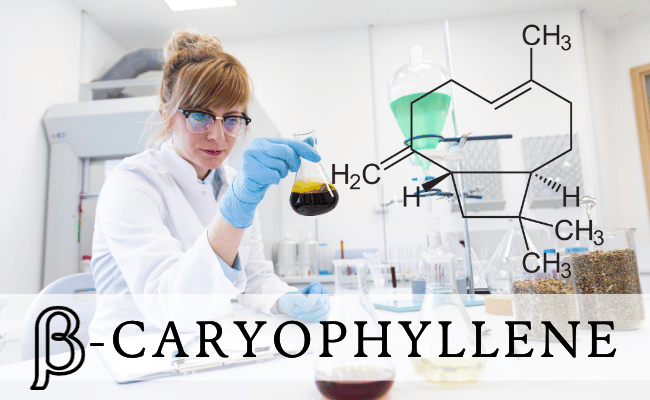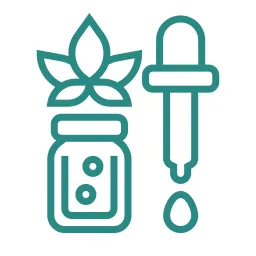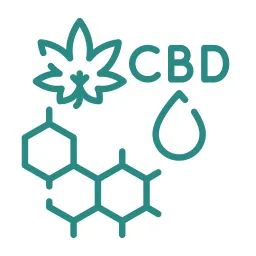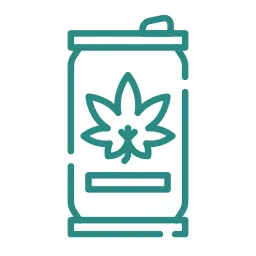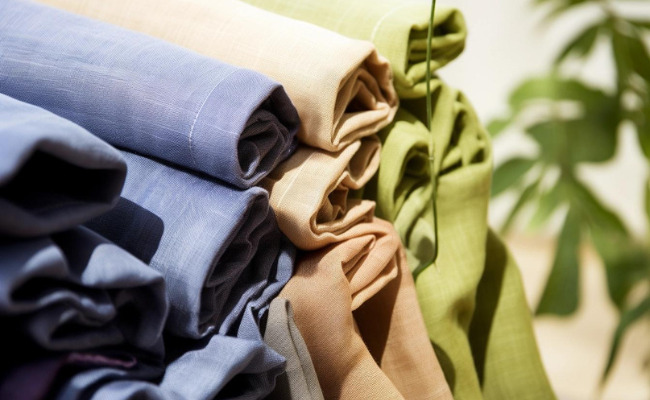Yes, hemp fabric is legal. Despite the common misunderstanding that its legality might be questionable due to its connection to cannabis, it is perfectly legal to manufacture items such as clothing from hemp.1However, the fabric’s association with marijuana often leads to unnecessary stigma, overshadowing the many advantages it offers. Hemp fabric is not only legal but also highly beneficial. Its sustainable nature makes it a preferred choice for environmentally conscious individuals and companies.
What Is Hemp Fabric?
Hemp fabric is created from the fibers found within the stalk of hemp plants. This versatile material, often associated with coarse, dust-colored sacks, is actually used in over 25,000 different products worldwide.2 The process involves spinning these fibers together to create a thread, which is then woven into fabric. One of the key attributes of hemp is its strength and durability, which results in clothing items that have a longer lifespan.
The Legality Of Hemp Fabric
The production and use of hemp fabric are legal. Despite some misconceptions, there are no legal restrictions on using hemp for items such as clothing. In fact, the United States has seen a surge in hemp production following its legalization. Additionally, several other countries permit the production of hemp with the appropriate licensing.
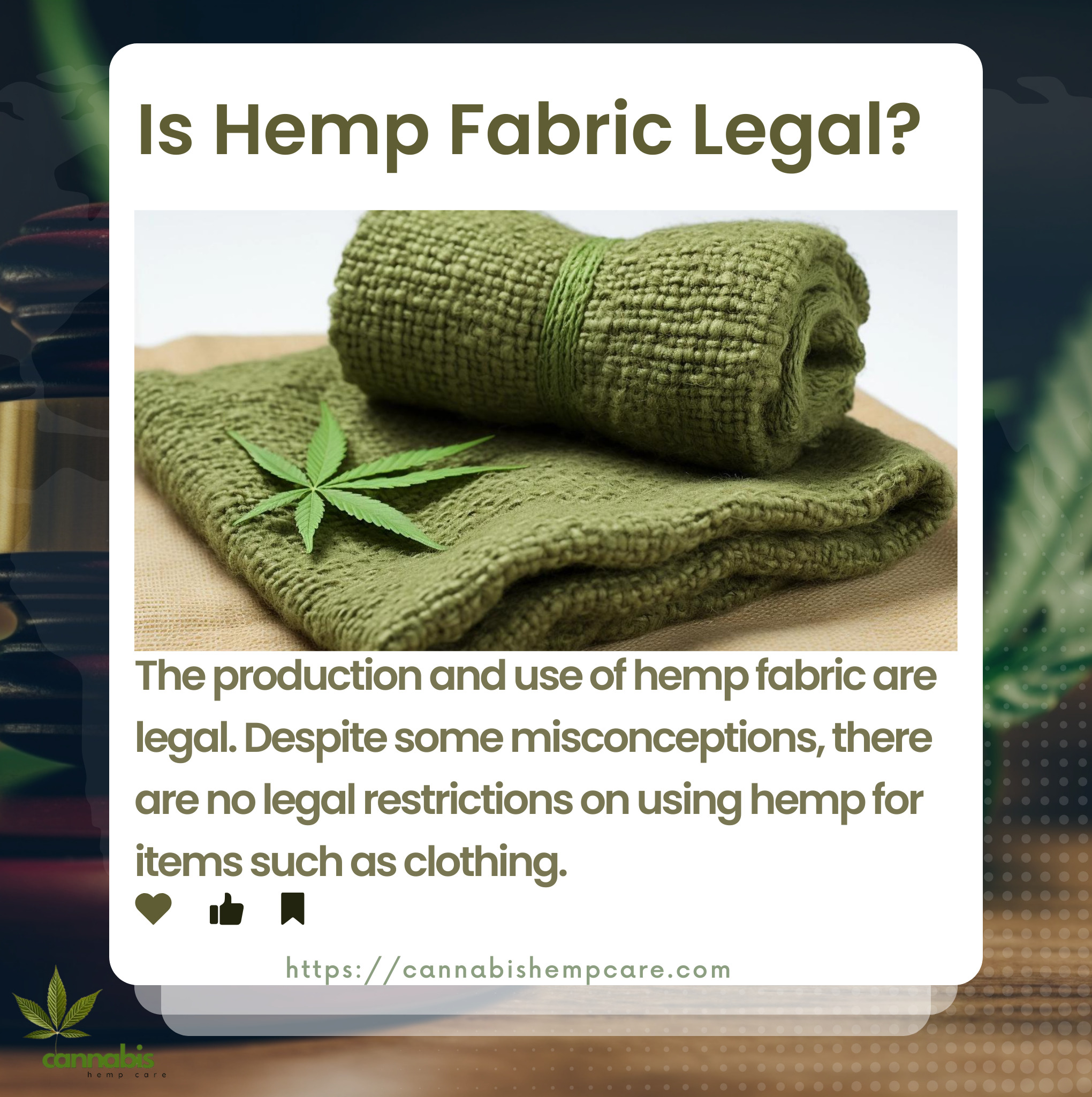
How To Identify Hemp Fabric?
Identifying hemp fabric can be a bit tricky due to its similarity with other natural fabrics. However, there are some characteristics that can help you determine if a fabric is made from hemp:
- Texture: Hemp fabric is recognized for its robustness and resilience. Initially, it may feel slightly coarse, but it softens after each wash.3
- Appearance: The fabric typically exhibits a natural, rustic aesthetic. It lacks the uniformity and smoothness of synthetic materials.
- Breathability: The fabric is highly breathable, allowing air to circulate freely, which enhances comfort.
- Moisture Absorption: The fabric has excellent moisture-wicking properties, meaning it can absorb perspiration and keep you dry.
- Heat Retention: The fabric retains less heat, making it suitable for summer clothing.
- Elasticity: The fabric has moderate elasticity. While not as stretchy as some synthetic materials, it does have some flexibility.
- Resistance to Pilling/Bubbling: The fabric is resistant to pilling or bubbling.
- Fiber Orientation: A simple method exists to identify the characteristics of hemp textile fibers. This method involves measuring the fiber orientation using polarized light research and detecting the presence of salt crystals (CaC2O4) associated with the fibers.
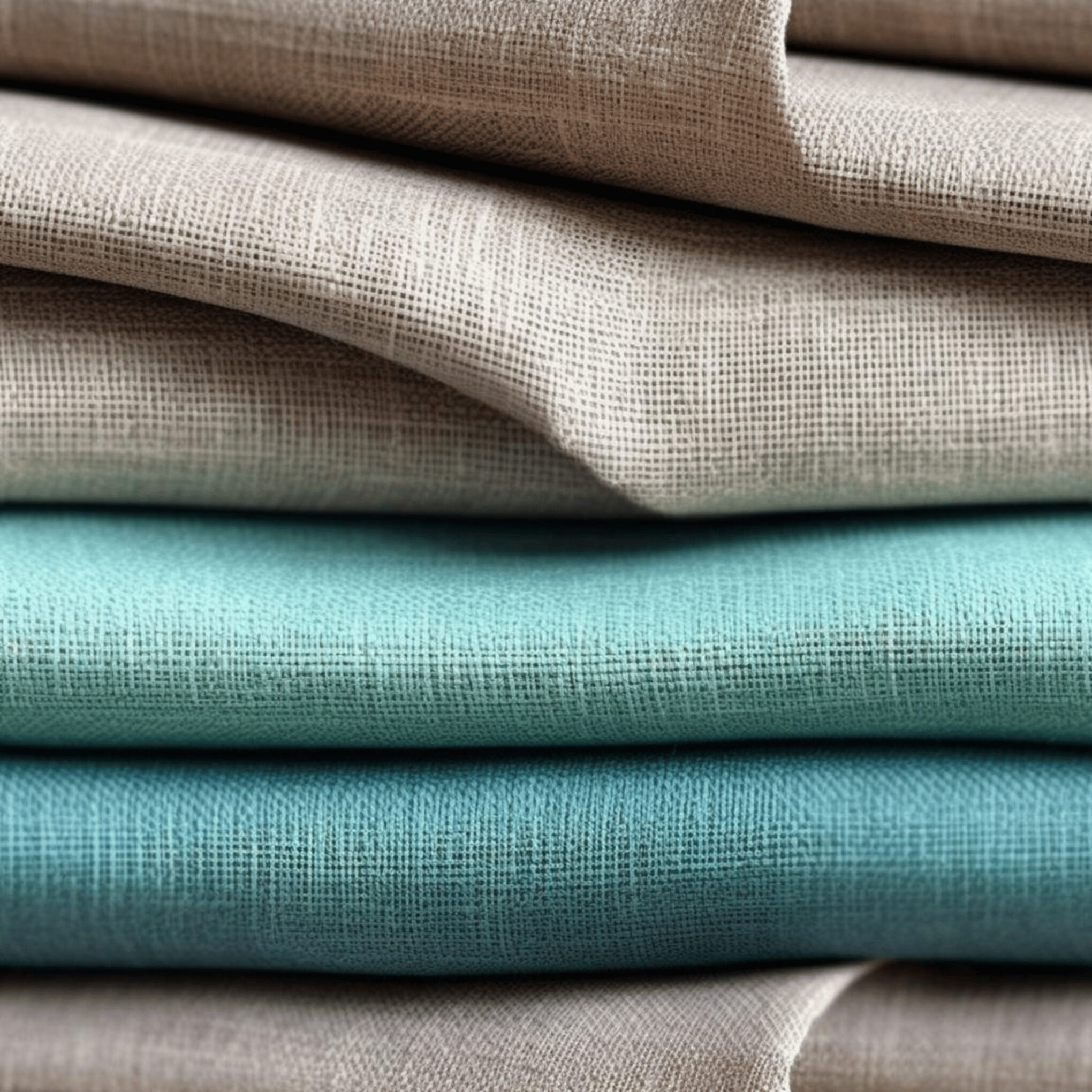
The Stigma Around Hemp
Hemp, often referred to as “marijuana’s cousin,” has numerous beneficial uses that are often overlooked due to this association. As Sarah Hayes, the director of material development at an outdoor clothing company, points out, a significant number of people are unable to distinguish between industrial hemp and cannabis, leading to frequent confusion.
The Environmental Impact Of Hemp Fabric
As well as being a biodegradable fibre, hemp’s production requires less than a third of the water needed for cotton and yields 220% more fibre.
Hemp fabric is considered one of the most eco-friendly fabrics available. Here are some reasons why:
- Sustainability: Hemp is a fast-growing crop that doesn’t require large amounts of water. It’s naturally resistant to diseases and can be cultivated without pesticides, herbicides, or fungicides.
- Carbon Capture: Hemp has a low carbon footprint and can absorb atmospheric carbon emissions. This makes it a more eco-friendly option than cotton.
- Soil Health: Hemp plants can be grown without harmful herbicides and pesticides, and they also improve soil quality.
- Pollution-Free: Producing hemp fabric doesn’t release toxins into the environment, ensuring that it doesn’t contribute to pollution during its lifecycle.
- Biodegradability: Hemp fabric is biodegradable, meaning it will naturally break down over time.4
- UV Protection and Antibacterial Properties: Hemp fibers have been found to have antibacterial properties and are also believed to provide UV protection, which extends to the fabric made from them.

Conclusion
Hemp fabric is not only legal but also a highly beneficial and eco-friendly material. Despite the common misconception linking it to marijuana, hemp fabric is legal to produce and use in many countries, including the United States. It’s a versatile material used in a wide range of products, from clothing to home furnishings. Moreover, its environmental impact is significantly less than many other fabrics due to its sustainability, carbon sequestration ability, and biodegradability. Therefore, we shed the misconceptions and embrace this sustainable material for a better and greener future.
FAQs
Sources
- MARTINIUC, ROXANA. “Hemp Fabrics: We Offer Them! But What Are They?” Fabric Sight, 28 Sept. 2021, www.fabricsight.com/blogs/posts/everything-you-need-to-know-about-hemp-fabric. Accessed 19 Oct. 2023. ↩︎
- Elliott, Olivia. “From Eco Benefits to Legal Status: Everything You Need to Know about Wearing Hemp.” The Guardian, 19 Oct. 2023, www.theguardian.com/fashion/2019/oct/02/from-eco-benefits-to-legal-status-everything-you-need-to-know-about-wearing-hemp. ↩︎
- Hodakel, Boris. “What Is Hemp Fabric: Properties, How Its Made and Where.” Sewport, 2023, sewport.com/fabrics-directory/hemp-fabric. Accessed 19 Oct. 2023. ↩︎
- Carolina, University of South, et al. “What Is Hemp Fabric, and Is It Sustainable?” Treehugger, 19 Oct. 2023, www.treehugger.com/what-is-hemp-fabric-5120589. ↩︎

